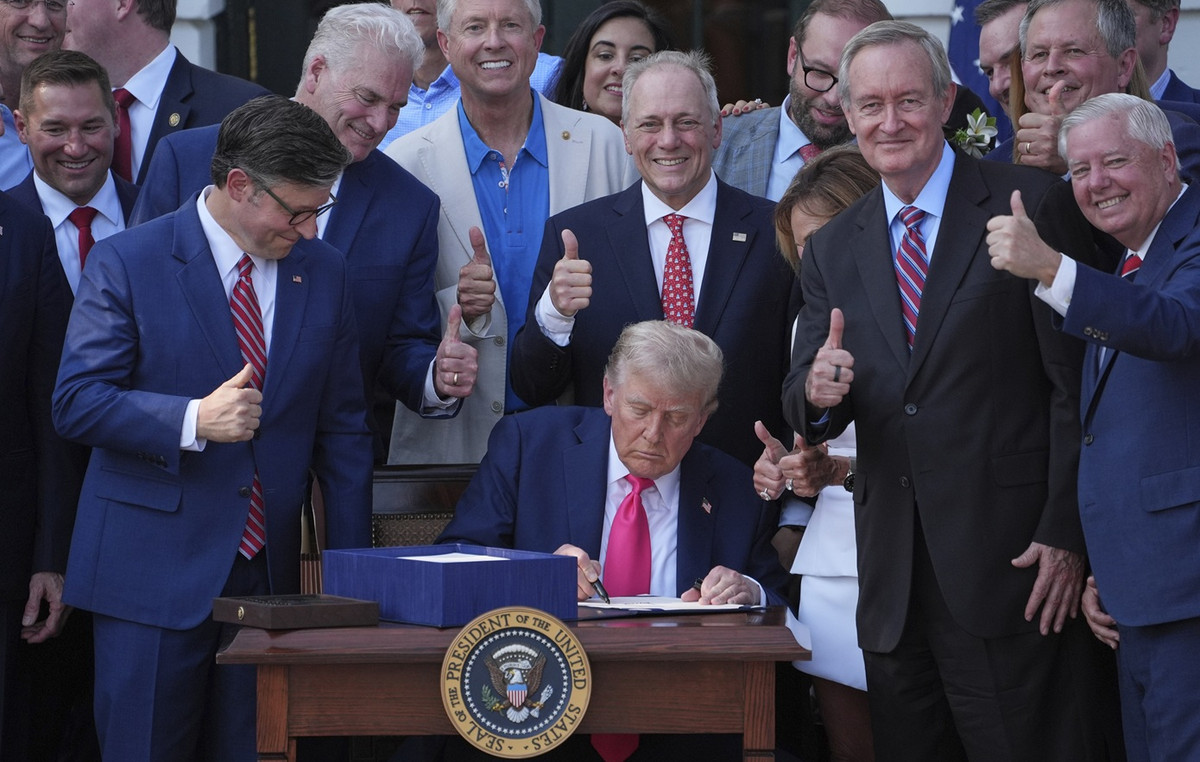- Jerome Powell’s testimony in the US Congress will be a high-impact event on the markets this week.
- New clues are expected on the path of interest rates from the Federal Reserve.
- The US dollar, stock markets and other asset classes could experience big swings on the Fed chairman’s remarks.
US Federal Reserve Chairman Jerome Powell will deliver the Semiannual Monetary Policy Report and testify before the Senate Banking Committee on Tuesday. The hearing, titled “The Semiannual Monetary Policy Report to Congress,” will begin at 14:00 GMT and will be fully attended by all financial market participants.
Jerome Powell is expected to address the main points of the Federal Reserve’s Semiannual Monetary Policy Report, released last Friday. In that report, the Fed noted that they have seen modest progress in inflation this year, but added that they still need more confidence before proceeding with rate cuts. “Labor supply and demand resemble the period just before the pandemic, when the labor market was relatively tight but not overheated,” the release read.
U.S. officials are expected to ask Powell about the path of interest rates, inflation developments and the outlook for economic growth in a lengthy question-and-answer session. However, they could focus on politics due to the upcoming presidential election in November, which would make it difficult for Powell to answer questions.
The CME Group’s FedWatch tool shows that markets are pricing in only a 25% chance that the Fed will keep the policy rate unchanged in September. The latest jobs report showed that US Nonfarm Payrolls (NFP) rose by 206,000 in June. This reading beat the market expectation of 190,000, but the US Bureau of Labor Statistics (BLS) announced that the May NFP increase was revised down to 218,000 from 272,000. In addition, the unemployment rate rose to 4.1% from 4%, while annual wage inflation, as measured by the change in Average Hourly Earnings, declined to 3.9% annually from 4.1%.
Should Powell strike an upbeat tone on the inflation outlook and acknowledge easing labor market conditions, investors could remain optimistic about a rate cut in September. Market positioning suggests there is scope for further US Dollar (USD) weakness in this scenario. On the other hand, market participants could reassess the likelihood of a September rate cut and help the USD stay firm if Powell downplays the gloomy labor market figures and remains cautious about continued disinflation.
Economic indicator
Testimony of Fed Chairman Jerome Powell
Federal Reserve Chairman Jerome Powell testifies before Congress and provides an overview of the economy and monetary policy. Powell’s prepared remarks are released ahead of the Capitol Hill appearance. The event was postponed due to the funeral of former President George H.W. Bush.
Next post: Tue Jul 09, 2024 14:00
Frequency: Irregular
Dear: –
Previous: –
Fountain: Federal Reserve
On Jerome Powell (via Federalreserve.gov)
“Jerome H. Powell first assumed office as Chairman of the Board of Governors of the Federal Reserve System on February 5, 2018, for a four-year term. He was reelected to the position and sworn in for a second four-year term on May 23, 2022. Mr. Powell also serves as Chairman of the Federal Open Market Committee, the System’s principal monetary policymaking body. Mr. Powell has served on the Board of Governors since assuming office on May 25, 2012, to complete an unexpired term. He was reelected to the Board and sworn in on June 16, 2014, for a term ending January 31, 2028.”
US Dollar FAQs
The United States Dollar (USD) is the official currency of the United States of America, and the de facto currency of a significant number of other countries where it is in circulation alongside local banknotes. As of 2022, it is the most traded currency in the world, accounting for over 88% of all global foreign exchange transactions, equivalent to an average of $6.6 trillion in transactions per day. Following World War II, the USD took over from the British Pound as the world’s reserve currency.
The single most important factor influencing the value of the US dollar is monetary policy, which is determined by the Federal Reserve (Fed). The Fed has two mandates: to achieve price stability (control inflation) and to promote full employment. Its main tool for achieving these two goals is to adjust interest rates. When prices rise too quickly and inflation exceeds the Fed’s 2% target, the Fed raises rates, which helps the dollar. When inflation falls below 2% or the unemployment rate is too high, the Fed can lower interest rates, which weighs on the dollar.
In extreme situations, the Federal Reserve can also print more dollars and enact quantitative easing (QE). QE is the process by which the Fed substantially increases the flow of credit in a jammed financial system. It is an unconventional policy measure used when credit has dried up because banks are not lending to each other (for fear of counterparty default). It is a last resort when simply lowering interest rates is unlikely to achieve the necessary result. It was the Fed’s weapon of choice to combat the credit crunch that occurred during the Great Financial Crisis of 2008. It involves the Fed printing more dollars and using them to buy US government bonds, primarily from financial institutions. QE typically leads to a weakening of the US dollar.
Quantitative tightening (QT) is the reverse process whereby the Federal Reserve stops buying bonds from financial institutions and does not reinvest the principal of maturing securities in new purchases. It is generally positive for the US dollar.
Source: Fx Street
I am Joshua Winder, a senior-level journalist and editor at World Stock Market. I specialize in covering news related to the stock market and economic trends. With more than 8 years of experience in this field, I have become an expert in financial reporting.







